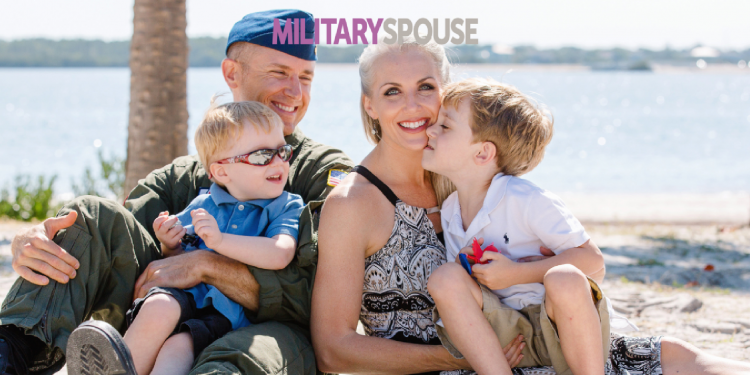President George Washington established the U.S. Coast Guard on Aug. 4, 1790, when he signed the Tariff Act that authorized the construction of 10 vessels, referred to as “cutters” to enforce federal tariff and trade laws and prevent smuggling.
Referred to as the Revenue Cutter Service for more than a century, it was renamed the Coast Guard in 1915. In 1967, it was transferred to the Department of Transportation before being transferred to the Department of Homeland Security, where it resides today.
The Coast Guard serves dually as a federal law enforcement agency and military force, protecting the U.S. in peacetime and in war. It protects more than 100,000 miles of U.S. coastline and inland waterways, and safeguards an Exclusive Economic Zone comprising 4.5 million square miles. More than 56,000 Coasties operate a fleet of 243 cutters, 201 fixed and rotary-wing aircraft and more than 1,600 boats.
On an average day, the Coast Guard:
- Conducts 45 search and rescue cases
- Saves 10 lives
- Saves over $1.2 million in property
- Seizes 874 pounds of cocaine and 214 pounds of marijuana
- Conducts 57 waterborne patrols of critical maritime infrastructure
- Interdicts 17 illegal migrants
- Escorts 5 high-capacity passenger vessels
- Conducts 24 security boardings in and around U.S. ports
- Screens 360 merchant vessels for potential security threats prior to arrival in U.S. ports
- Conducts 14 fisheries conservation boardings
- Services 82 buoys and fixed aids to navigation
- Investigates 35 pollution incidents
- Completes 26 safety examinations on foreign vessels
- Conducts 105 marine inspections
- Investigates 14 marine casualties involving commercial vessels
- Facilitates movement of $8.7 billion worth of goods and commodities through the nation’s Maritime Transportation System
Coast Guard Core Values
Honor. Respect. Devotion to Duty.
Read on to see what some Coast Guard spouses have been doing with their time!








